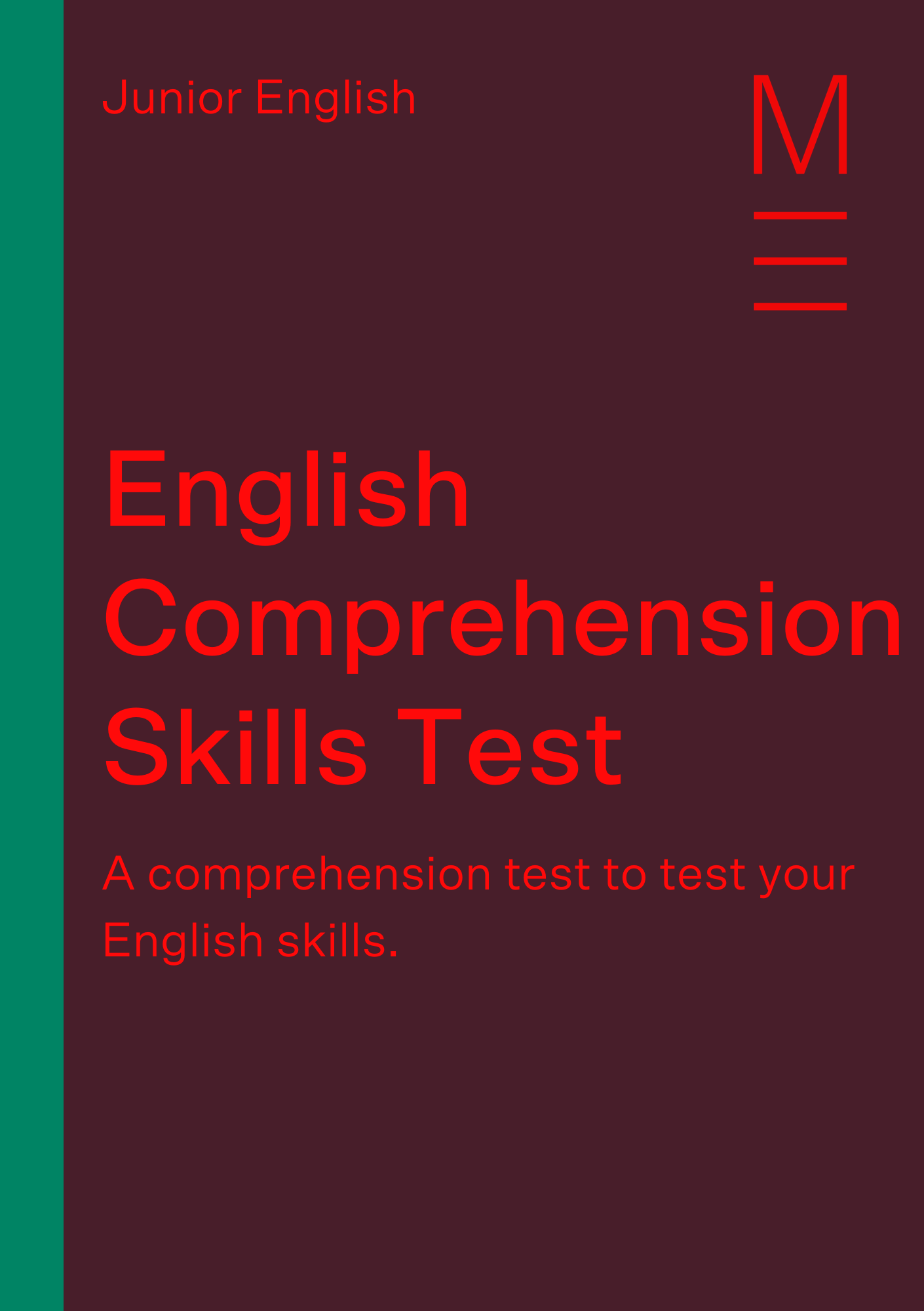Welcome to Matrix Education
To ensure we are showing you the most relevant content, please select your location below.
Select a year to see courses
Learn online or on-campus during the term or school holidays
Learn online or on-campus during the term or school holidays
Learn online or on-campus during the term or school holidays
Learn online or on-campus during the term or school holidays
Learn online or on-campus during the term or school holidays
Learn online or on-campus during the term or school holidays
Learn online or on-campus during the term or school holidays
Get HSC Trial exam ready in just a week
Get HSC exam ready in just a week
Select a year to see available courses
Science guides to help you get ahead
Science guides to help you get ahead
What skills do you need to excel in Years 7 & 8? In this post, we explain what your child needs to learn to ace Junior High School.

Join 75,893 students who already have a head start.
"*" indicates required fields

Join 8000+ students each term who already have a head start on their school academic journey.
Years 7 and 8 are pivotal to a student’s development in English. The skills students acquire in the first two years of high school provide the basis for their development through to the HSC.
This article is an overview of the sorts of skills Year 7 & 8 students need to acquire to succeed in senior years and the HSC. If you want to read a detailed Guide for improving these skills, read our comprehensive multi-part Beginner’s Guide to Acing Year 7 & 8 English!
So, what skills must students have acquired by the time they finish year 8 to succeed in year 12?
Test and improve your reading and thinking skills with this practice test - answers included! Fill out your details below to get this resource emailed to you. "*" indicates required fields
Download your free English Comprehension Skills test

Download your free English Comprehension Skills test
The most important skill you need to learn for English is reading. Students need to be able to read and comprehend a variety of texts. Reading involves more than being able to parse sentences and understand them. Good reading skills require students to develop sound reading habits. Increasingly, teachers are seeing a troubling decline in student reading outside of the classroom.
To succeed in English, students need to read and read widely. A good reading practice means that a student reads consistently outside of school. Developing a good reading habit will assist students in a number of ways:
Increasing vocabulary helps with reading in the same way that reading helps increase vocabulary. If you want to supplement your child’s vocabulary, read these posts.
Students should read widely from fiction and non-fiction. While fiction texts are fun and imaginative, they often use grammatical structures that are not practical for tasks such as essay writing. It is important that students are able to construct clear, concise, and grammatically correct sentences. Non-fiction texts rely on careful grammatical structures to represent meaning clearly. Reading them will provide students with good examples to learn from and imitate. For great suggestions read Year 7 & 8 (Stage 4) Recommended Reading List.
If you’d like to read more about reading skills and how to develop them, read Part 2 of our Beginner’s Guide to Acing Year 7 & 8 English: Reading Skills for Year 7 & 8 Students.
Students must be able to respond to increasingly complex texts. To do this they will need to identify the techniques used by composers to represent meaning. This skill will assist them in selecting the most effective quotations to support their arguments. This is part of the process we call textual analysis.
To be good at textual analysis, students need to learn the various techniques used in English and practice identifying them. Rote learning the various techniques will help students know what the techniques are, but identifying them takes practice. There is no substitute for practice in developing this skill. Let’s look at an example to see how to spot techniques.
Consider the following passage from Shakespeare’s Hamlet:
Hamlet: To be, or not to be: that is the question:
Whether ’tis nobler in the mind to suffer
The slings and arrows of outrageous fortune,
Or to take arms against a sea of troubles,
And by opposing end them?[1]
This example contains two metaphors. A metaphor compares two objects and applies the qualities of one object to the other object. We can identify metaphors because of this process of comparison.
Here is a simple test to determine if something is a metaphor: if something is said to be something else, and this equated cannot be interpreted literally, then you have a metaphor. For example, if I say ‘he’s an animal!’, I am not literally suggesting that he is an animal, but am rather applying properties associated with animals, such as wildness or uncleanliness, to the man I am speaking about.
If you’d like to learn more about how to identify techniques and textual analysis, read part 4 of our Beginner’s Guide to Acing Year 7 & 8 English: Textual Analysis.
Once students have analysed their texts for themes and techniques, they must construct arguments about them and their meaning. Students can’t just talk about the texts broadly; they need to make detailed arguments about them that are supported with specific evidence. To do this effectively, students must learn how to discuss evidence.
Discussing evidence requires students to explain why a quotation supports their point, what techniques are present in the quotation, and how those techniques develop meaning. The common structure used by students to do this is T.E.E – Technique + Example + Effect.
In the previous section, we considered Hamlet’s metaphor of “the slings and arrows of outrageous fortune.” Let’s continue with that example to see how to discuss evidence.
For example,
In Act 3 Scene 1, Hamlet considers suicide by asking if it is “better to suffer / the slings and arrows of outrageous fortune / or to take arms against a sea of troubles / And by opposing, end them?” This question uses metaphor to compare “slings and arrows,” as tools of war, with “outrageous fortune.” This suggests that because life is a violent and warlike conflict that individuals must struggle to survive, committing suicide might be a sensible solution.
In this response, the first sentence introduces the quotation and the idea that the quotation is supporting – the value of suicide. The second sentence indicates the techniques used, in this case, metaphor. The final sentence explains how that metaphor works to develop meaning by indicating what objects the metaphor compares and why.
If you’d like to learn more about how to identify techniques and textual analysis, read part 4 of our Beginner’s Guide to Acing Year 7 & 8 English: Textual Analysis
Effective communication is an essential skill required for success in English. When students want to communicate their understanding and insights into a text, they need to be able to structure them in a manner that is accessible to others. Poor grammar and sentence structure inhibits others’ ability to engage with students’ ideas.
Common grammatical errors – including improper comma usage, plural agreement, and tense agreement – interfere with a reader’s ability to understand a writer’s ideas. Students need to understand their weaknesses in this area, and begin to target them before reaching years 9 and 10.
Some tips for avoiding these errors include:
Commas
Most fundamentally, commas indicate the smallest pause possible in writing. Semicolons indicate a longer pause, and full stops indicate a complete pause and the start of a new sentence. Use commas only when necessary. It is always important to separate a list of nouns with commas, but commas do not need to be used as often as some students think.
Don’t use commas to separate a verb and subject. For example, “*The most important skill of a student, is the ability to use commas.” This sentence does not require a comma. “Is” is the verb in this sentence and the subject is “the most important skill of a student.” Verb and subject need to be together in a sentence.
Don’t separate verbs with commas. For example, “We revised our work, and inserted some missing commas.” The conjunction “and” does the same job as the comma.
You may find this video helpful in understanding how to use commas:
Plural Agreement
Plural agreement occurs when the number of the noun, be it singular or plural, matches the number of the verb. For example, “we are running” combines a plural noun, “we”, with a plural verb phrase “are running”. It would be wrong for us to say, “I are running” or “we is running.”
A good test is to ask yourself if the verb is in the plural form and if the noun numbers more than one. If they don’t match appropriately, rewrite the sentence so that they do.
Tense Agreement
Tense agreement occurs when tenses are used consistently throughout a piece of writing. It becomes difficult to follow writing when the writer switches between different tenses unnecessarily. For example, if we write that “Julia confuses her teachers, she wrote in different tenses.” The statement is confusing because we are using the present tense “confuses” and the past tense “wrote”. It becomes hard to figure out when things are occurring. However, if we write that “Julia confuses her teachers, she writes in different tenses,” then Julia’s teachers are the ones who are confused. Not us, the readers.
It is important that students pay attention to their writing to avoid these common mistakes. It is much more difficult for students to change ingrained habits after they have been developed. Developing a healthy reading practice will help students with their grammar.
If you want to learn more about grammar, check out our comprehensive English Grammar Toolkit.
When we talk of revising work, we mean rereading and editing it. Revision is a critical skill that forces students to be critical of their own work. Revision requires students to reconsider the ideas they have developed. We all make leaps of logic when we write things down; the revision process allows us to see where we have holes or gaps in our arguments. As students read their work, they will spot logical flaws, gaps in evidence, and spelling and grammatical errors. The editing process gives students the opportunity to correct these errors prior to submitting their work.
Students should always revise their work, whether it is for a take-home assignment or an exam in class. During exams, students should set aside a few minutes to read back over their work and correct any spelling or grammatical mistakes that they have made. Not revising your work gives marks away to careless errors that could have been prevented!
[1] Shakespeare, William. Hamlet (1599) 3.1 lns 56-60
If you want more detailed information about how to draft and edit your writing, read Part 6 of our Beginner’s Guide to Acing Year 7 & 8 English: Writing Persuasively and informatively.
With Matrix+, we provide you with clear and structured online lesson videos, quality resources, and forums to ask your Matrix teachers questions and for feedback.
Learn more about our Matrix+ Online English course now.
Get ahead with Matrix+ Online
Expert teachers, detailed feedback and one-to-one help. Learn at your own pace, wherever you are.
Written by Matrix English Team
The Matrix English Team are tutors and teachers with a passion for English and a dedication to seeing Matrix Students achieving their academic goals.© Matrix Education and www.matrix.edu.au, 2025. Unauthorised use and/or duplication of this material without express and written permission from this site’s author and/or owner is strictly prohibited. Excerpts and links may be used, provided that full and clear credit is given to Matrix Education and www.matrix.edu.au with appropriate and specific direction to the original content.